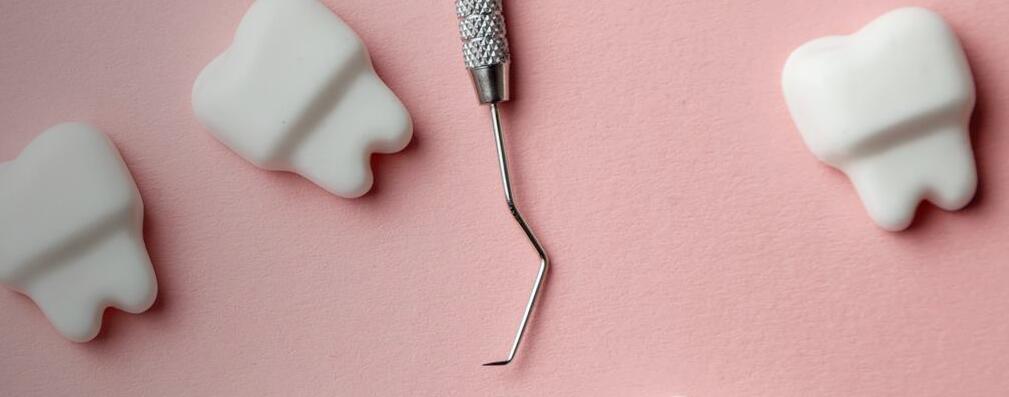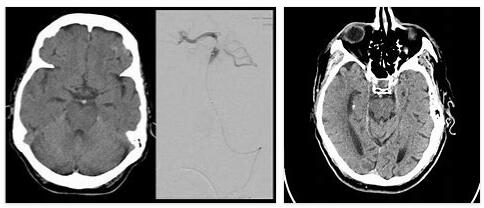If a root canal treatment does not bring the desired treatment success, a root tip resection (ESC) is often the last resort to save a tooth affected by an inflammation. The root tip resection is a standardized procedure that aims to preserve the natural tooth.
- In many cases, apicectomy follows unsuccessful treatment of the tooth root canal.
- In the course of the procedure, the attending physician removes two to three millimeters from the tip of the root and also removes the inflamed tissue.
- The procedure usually takes 15 to 45 minutes.
- The statutory health insurance usually only bears the costs if anterior or posterior teeth are affected.
What is apicectomy?
With a root tip resection or a tooth tip resection, the doctor removes the tip of a tooth root in order to rid the tooth of an infection. In addition, it also removes the inflamed tissue. The procedure makes it possible to preserve a tooth affected by tooth decay or other infections, even if an inflammation has already formed in the root tip area. Many people mistakenly refer to the procedure as a root resection. In contrast to an apicectomy, the doctor removes the entire tooth root with a root resection.
When is a tip resection necessary?
Usually, the dentist performs a root canal treatment to remove inflammation in the tooth root area. In the field of endodontics (study of the inside of the tooth), this form of therapy is the most common type of treatment. If this is unsuccessful, an ESC is often the last option to preserve the tooth.
There are numerous situations in which this standardized procedure can lead to success, but there is one important basic requirement for the operation: The inflamed tooth must be worth preserving, i.e. it must be able to be filled with a filling or crown after the operation . However, since the surgical intervention in a root tip resection also affects the jawbone and the healing process is comparatively lengthy, it is usually only used when other types of treatment are no longer successful or are too risky. A root tip resection usually only makes sense if at least one of the following conditions applies:
- The root canal is very curved or closed.
- An existing inflammation does not improve despite previous root canal treatment.
- The affected root canal has side canals that the attending physician cannot reach with instruments.
- With a root canal treatment there is a risk of perforation in the area of the root tip.
- There is a suspicion that a root fracture, cyst, or tumor may be present in the inflamed area.
- A broken root canal instrument is stuck.
Procedure and duration of a root tip resection
In the run-up to the treatment, the doctor x-rays the affected person’s teeth in order to get an idea of the initial situation. Before the operation, the patient is usually given a local anesthetic – very few patients are given general anesthesia.
The doctor begins by cutting through the gums and the underlying periosteum. Next, he removes the bone with a special milling cutter or laser until he can see the tip of the root and the inflamed tissue. Now the dentist shortens the tip of the root by two to three millimeters and also removes the inflamed tissue. After disinfecting the root canal, he closes it with a special filling to seal the tooth and prevent bacteria from re-entering. In a final step, the doctor folds the gums back and sutures the wound.
The procedure usually takes 15 to 30 minutes. In individual cases, however, the resection can take up to 45 minutes. Immediately after the operation, the dentist takes an X-ray that can be used to check whether the apex resection was successful.
Healing time after apicectomy
Until the anesthesia wears off, the patient should not consume any food or drink or drive a vehicle. In addition, patients are not allowed to smoke or drink coffee or black tea for at least 24 hours after the operation. Regular cooling (e.g. with special gel pads) not only alleviates pain, but is also the best preventive means against swelling. In addition, good oral and dental hygiene supports the healing process. The doctor removes the sutures after one to one and a half weeks. After three to six months, the dentist does another X-ray to check the healing process and any regression of the bone.
Risks of apicectomy
Compared to a root canal treatment, a root tip resection is a much more complex operation. Quite common side effects are pain and bleeding – it can also lead to swelling or even wound infections. The following risks also exist:
- Damage to neighboring teeth
- Foci of inflammation remaining in spite of the operation
- Loss of the inflamed tooth
- Damage to nerves, muscles or bones in the jaw area
- Opening of the maxillary sinus
Alternatives to apicectomy
If the findings permit, a root canal revision (a new root canal treatment) is the most promising alternative to a root tip resection. After all, it leads to the desired treatment success in 60 to 80 percent of cases. The attending physician usually considers this form of therapy if, according to the X-ray image, the root filling does not completely seal the root canal. Then it often makes sense to perform another treatment after a root canal treatment. To do this, he removes the old filling, thoroughly disinfects the relevant area and then refills it.
The only other alternative is to pull the diseased tooth. However, the doctor only uses this option if it is no longer possible to preserve the tooth. After the extraction, the focus of inflammation can then be completely removed. However, pulling the tooth always creates an unsightly gap that can usually only be closed with an implant, a bridge or a prosthesis.
Does the health insurance pay for a root tip resection?
Most health insurances only cover the costs of the procedure for teeth in the front and side areas. However, there are other cases in which the statutory health insurance pays the costs – for example in the following cases :
- An inflamed molar is located in a completely preserved row of teeth that has no gaps.
- The end of a row of teeth would only be shortened on one side due to the loss of the tooth.
- A denture already exists, which can be retained thanks to the operation.
If the costs are not covered , those affected must either pay for the treatment themselves or have the tooth removed. The cost of the procedure depends on the effort, which varies greatly from case to case.
Costs covered by an additional dental insurance
With additional dental insurance , you can protect yourself from the costs of a root tip resection. Depending on the provider and the selected tariff, the insurance company will cover up to 100 percent of the expenses that the health insurance company does not pay. Additional options for WSR, such as the use of a laser, an operating microscope or general anesthesia, are also covered by some supplementary dental insurance. In addition, such insurance usually also includes other services, such as regular professional teeth cleaning , dentures or orthodontics.




